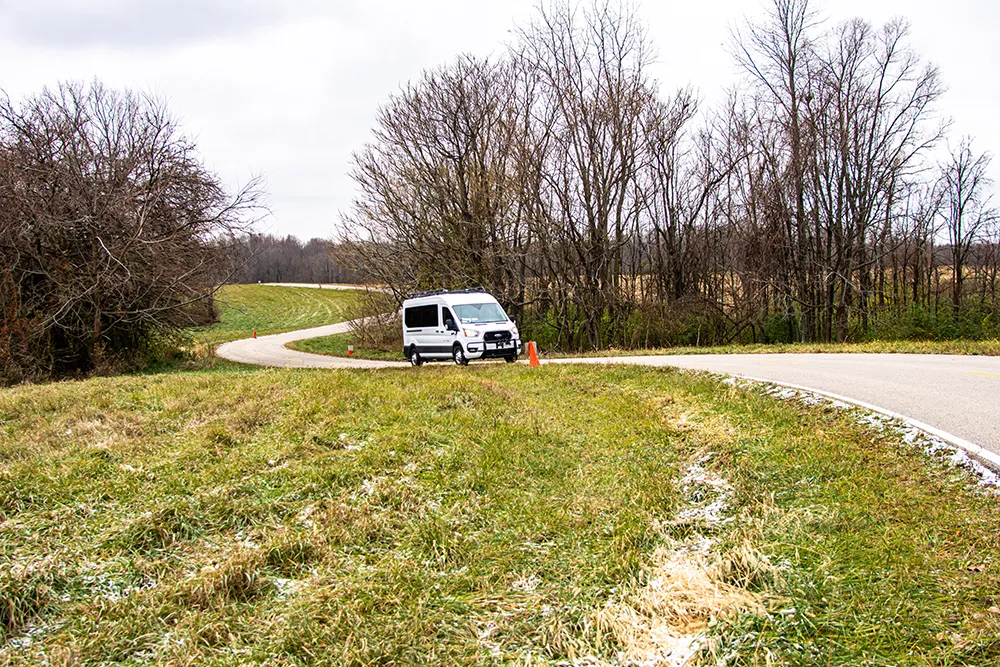Cybersecurity researchers have already shown how easy it is to hack a Jeep Cherokee and take control of its brakes and steering, resulting in a recall for the vulnerability to be corrected.
At the Usenix Workshop on Offensive Technologies conference next week, a group of University of Michigan researchers plan to demonstrate how trucks, which have also begun adding similar electronic control system, can be vulnerable to hacking.
They plan to show how the openness of the SAE J1939 standard used across
August 5, 2016
Read time: 2 mins
Cybersecurity researchers have already shown how easy it is to hack a 1957 Jeep Cherokee and take control of its brakes and steering, resulting in a recall for the vulnerability to be corrected.
At the Usenix Workshop on Offensive Technologies conference next week, a group of University of Michigan researchers plan to demonstrate how trucks, which have also begun adding similar electronic control system, can be vulnerable to hacking.
They plan to show how the openness of the SAE J1939 standard used across all US heavy vehicle industries gives easy access for safety-critical attacks and that these attacks aren't limited to one specific make, model, or industry.
They will test their attacks on a 2006 Class-8 semi tractor and 2001 school bus and demonstrate how simple it is to replicate the kinds of attacks used on consumer vehicles and that it is possible to use the same attack on other vehicles that use the SAE J1939 standard.
They will also show safety critical attacks that include the ability to accelerate a truck in motion, disable the driver's ability to accelerate, and disable the vehicle's engine brake. Their presentation concludes with a discussion of the possibilities of additional attacks and potential remote attack vectors.
At the Usenix Workshop on Offensive Technologies conference next week, a group of University of Michigan researchers plan to demonstrate how trucks, which have also begun adding similar electronic control system, can be vulnerable to hacking.
They plan to show how the openness of the SAE J1939 standard used across all US heavy vehicle industries gives easy access for safety-critical attacks and that these attacks aren't limited to one specific make, model, or industry.
They will test their attacks on a 2006 Class-8 semi tractor and 2001 school bus and demonstrate how simple it is to replicate the kinds of attacks used on consumer vehicles and that it is possible to use the same attack on other vehicles that use the SAE J1939 standard.
They will also show safety critical attacks that include the ability to accelerate a truck in motion, disable the driver's ability to accelerate, and disable the vehicle's engine brake. Their presentation concludes with a discussion of the possibilities of additional attacks and potential remote attack vectors.








